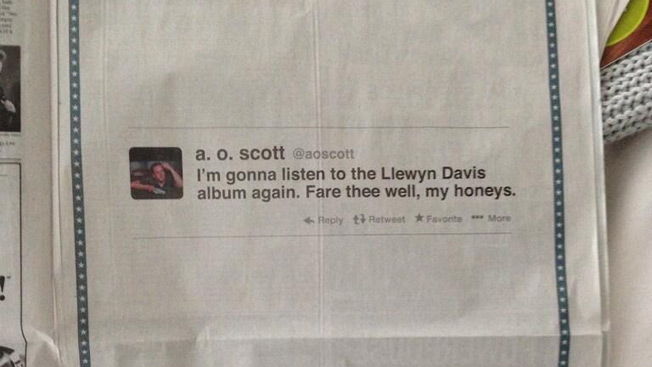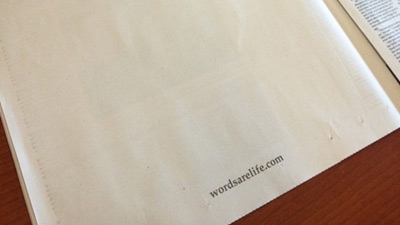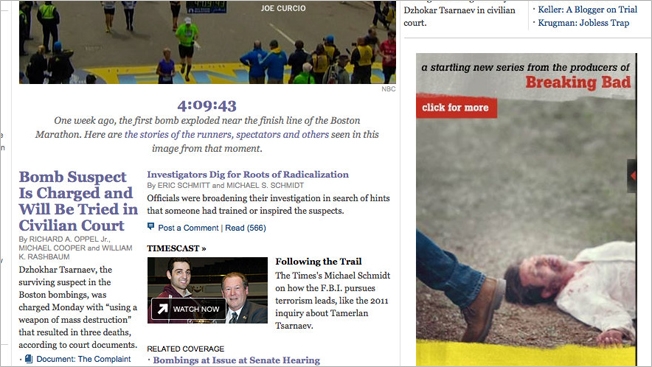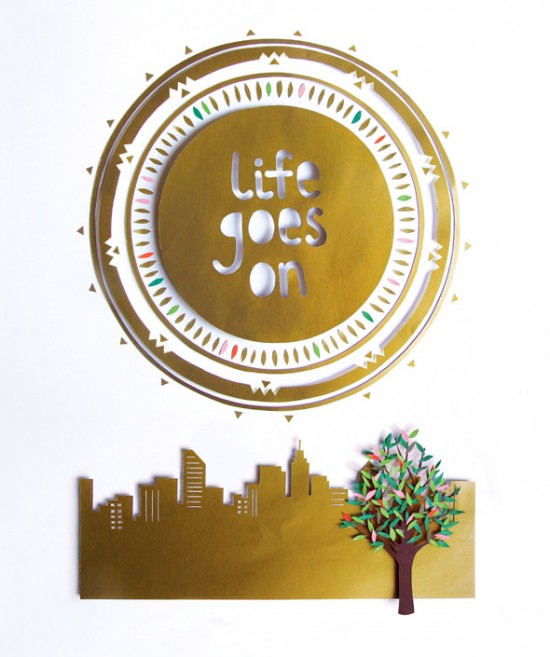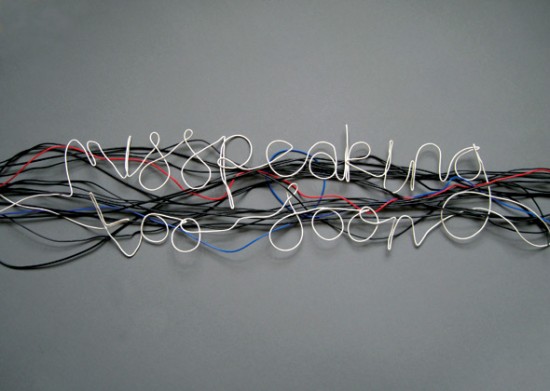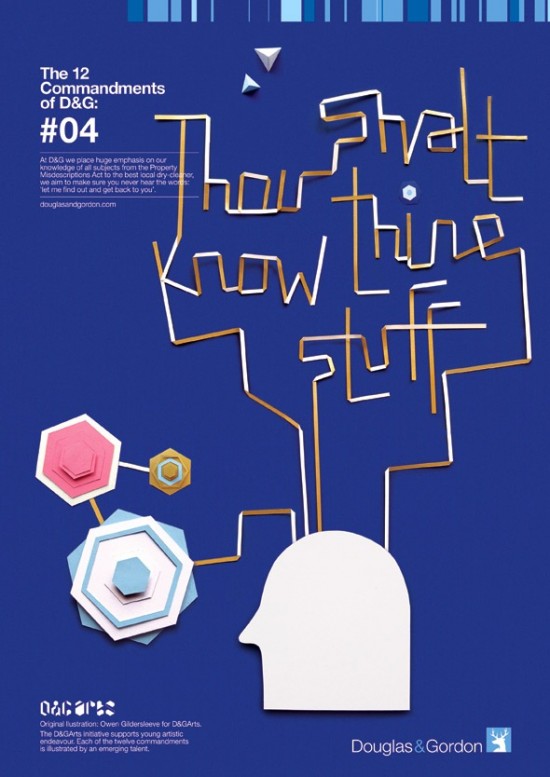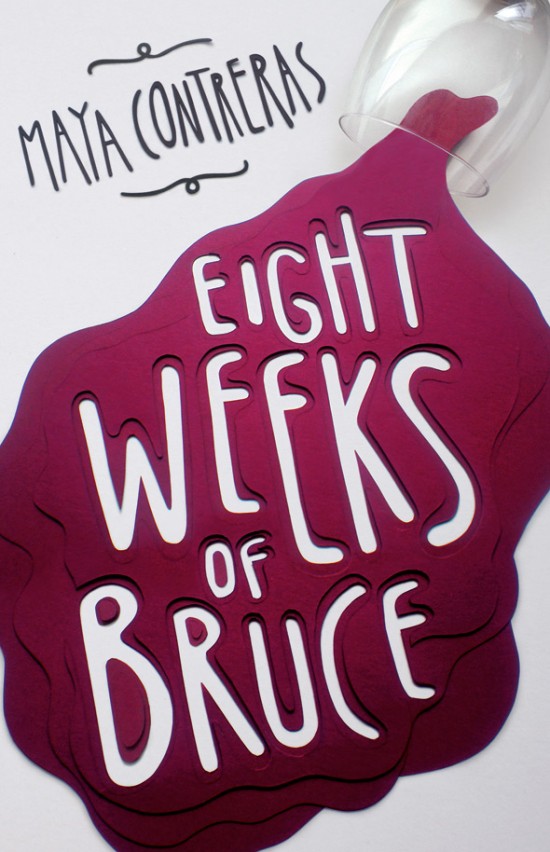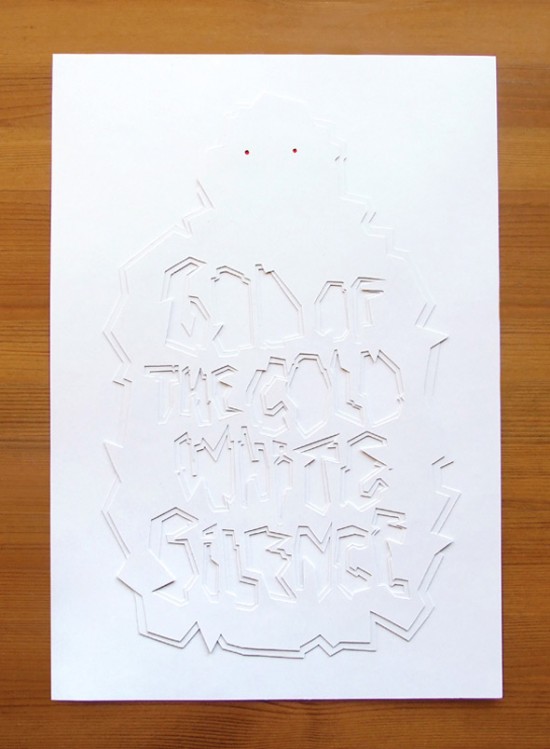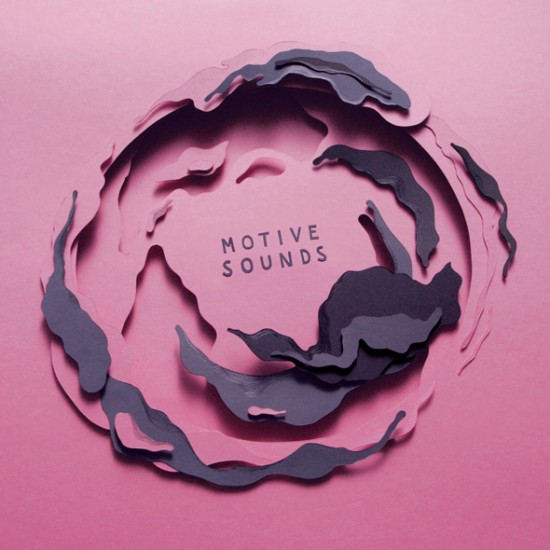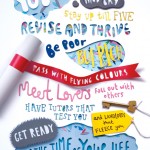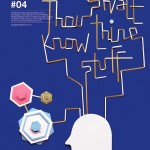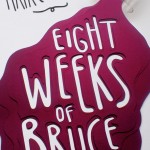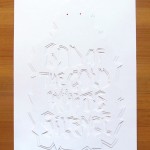The New York Times Accidentally Invented a New Country, and the Internet's in Love
Posted in: Uncategorized
Sometimes a mistake is so embarrassing, it cycles all the away around the shame circle and becomes kind of awesome.
Today’s case in point: Kyrzbekistan, a country accidentally invented by a New York Times piece that meant to reference the Central Asian nation Kyrgyzstan.
In fairness, the story is otherwise quite compelling and dramatic, telling how a climber escaped captivity by shoving an armed militant off a cliff. Unfortunately, the newspaper accidentally portrayed the events as happening in Kyrzbekistan, which has the unfortunate distinction of not being real.
“An earlier version of this article misidentified the country whose army chased Tommy Caldwell’s kidnappers,” notes the newspaper’s online correction. “It was Kyrgyzstan, not Kyrzbekistan, which does not exist.”
Or at least, it didn’t exist before. Today it has its own Twitter feed and a Fodor’s Guide worth of sarcastic tweets.

Beyond the parody account, the mockery has already begun to roll in:
Rumour has it that #Kyrzbekistan has been given the go-ahead to enter Eurovision 2015.
— deedee (@del_souky) January 8, 2015
We Austranians don’t like Kyrzbesistanis ever since they have sided with Luxemstein in the United States Of Amigos question #Kyrzbekistan
— Martin Hovezak (@MirrorOfMirrors) January 8, 2015
I suppose, if all nations are “imagined communities”, the NYT making one up just took that to its logical conclusion. #kyrzbekistan
— Oliver Bullough (@OliverBullough) January 8, 2015
You can’t just will a country out of existence… Stand up for #kyrzbekistan!
— Lew Ayotte (@LewAyotte) January 8, 2015
![]()

